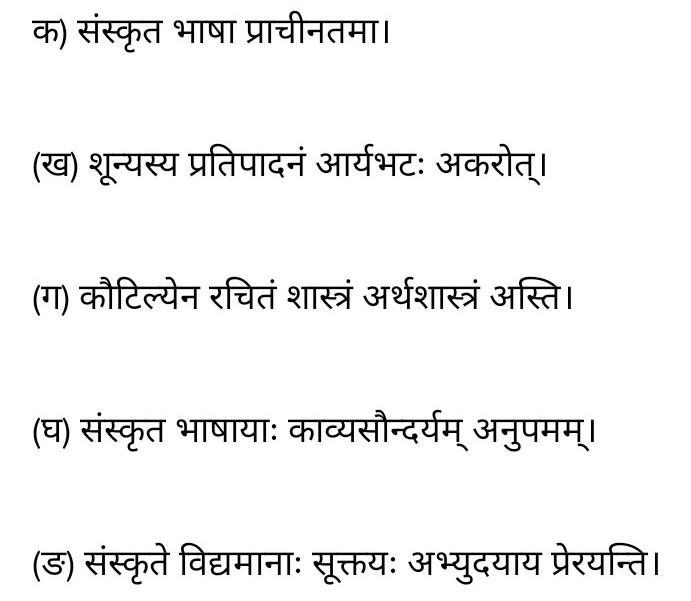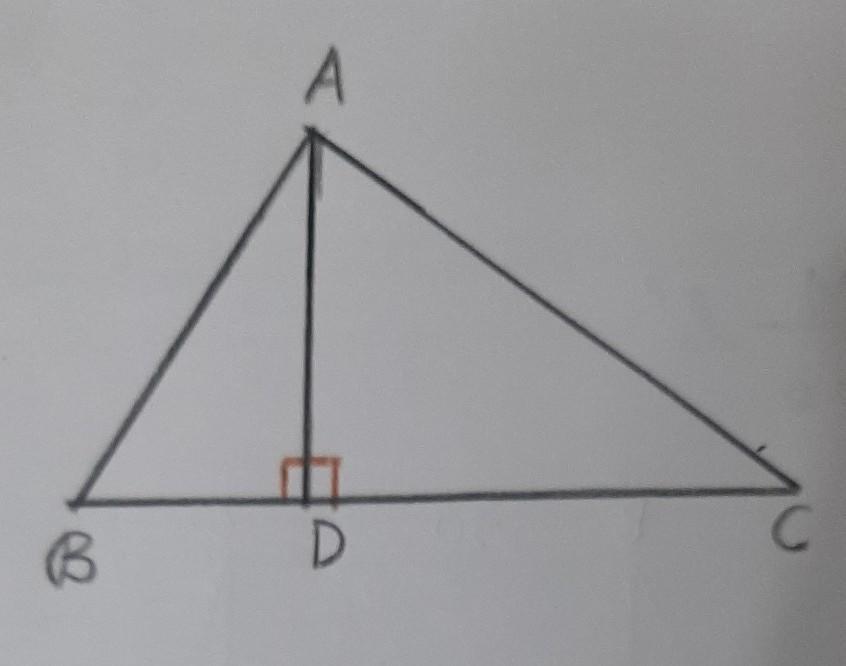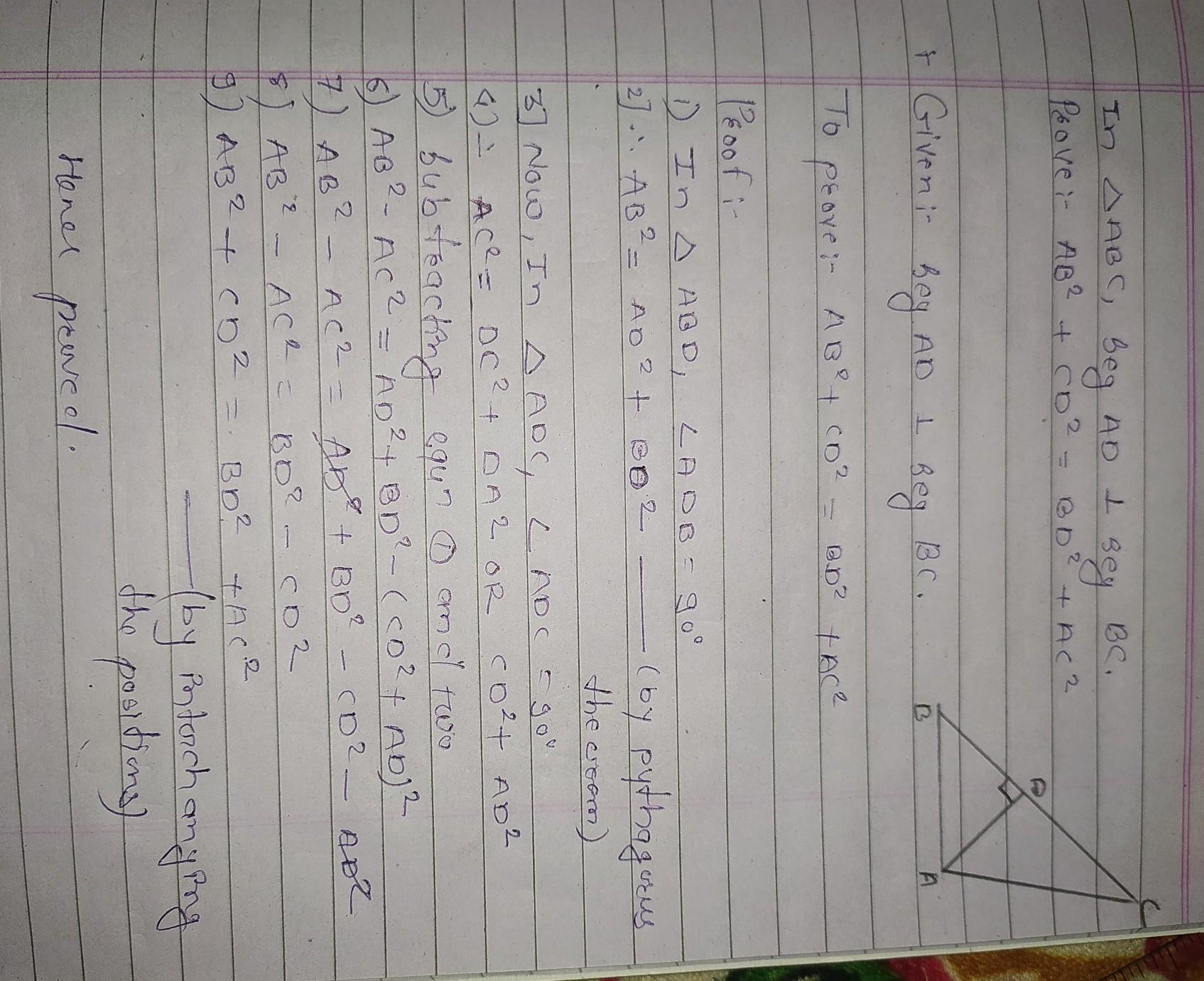2.प्रश्नानाम् एकपदेन उत्तराणि लिखत- (क) का भाषा प्राचीनतमा? संस्कृत ) (ख) शून्यस्य प्रतिपादनं कः अकरोत्? यत्र (ग) कौटिल्येन रचितं शास्त्रं किम्? अर्थ (घ) कस्याः भाषायाः काव्यसौन्दर्यम् अनुपमम्? (ङ) काः अभ्युदयाय प्रेरयन्ति? सूत (
-
Subject:
CBSE BOARD X -
Author:
sheldonduke -
Created:
1 year ago
Answers 2
Answer:
this is answer
Explanation:
I hope you understand

-
Author:
noodlesyqz
-
Rate an answer:
18
क) संस्कृत भाषा प्राचीनतमा।
क) संस्कृत भाषा प्राचीनतमा।(ख) शून्यस्य प्रतिपादनं आर्यभटः अकरोत् ।
(ग) कौटिल्येन रचितं शास्त्रं अर्थशास्त्रं अस्ति।
(ग) कौटिल्येन रचितं शास्त्रं अर्थशास्त्रं अस्ति।(घ) संस्कृत भाषायाः काव्यसौन्दर्यम् अनुपमम्।
(ग) कौटिल्येन रचितं शास्त्रं अर्थशास्त्रं अस्ति।(घ) संस्कृत भाषायाः काव्यसौन्दर्यम् अनुपमम्।(ङ) संस्कृते विद्यमानाः सूक्तयः अभ्युदयाय प्रेरयन्ति
Hope its help you-
Author:
crumblesupuw
-
Rate an answer:
7
If you know the answer add it here!
Choose a language and a region
How much to ban the user?
1 hour
1 day
100 years



